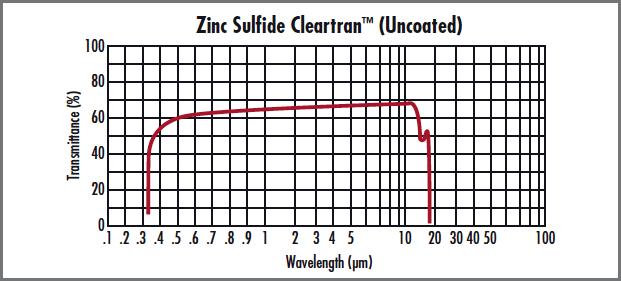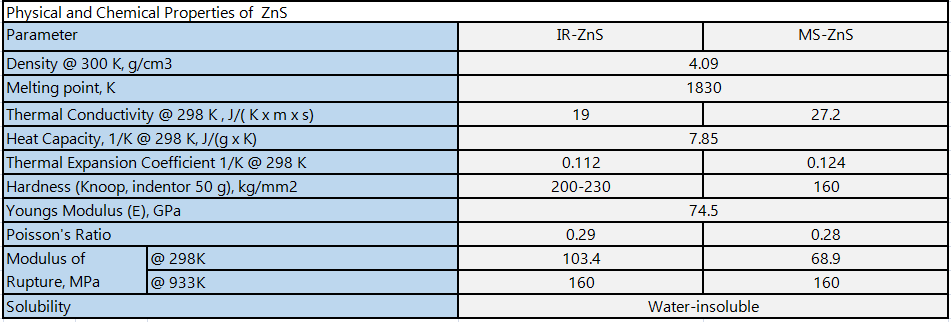The international urea market remained sluggish last week, with very low trading volumes. Sellers were eager to offload their short-term supplies, and as prices continued to decline, buyers were reluctant to commit but still bid aggressively at extremely low levels. The Easter holiday disrupted buying activity in many Latin American markets, further contributing to the weak demand. Currently, the FOB price for offshore urea from Yuzhki Port has dropped to $380 per ton, according to the latest data from NF. Meanwhile, urea prices in the Baltic Sea have fallen by $10, although shipping costs remain uncertain due to ongoing disruptions caused by freezing conditions.
There are no positive factors supporting the market at this time, and it appears that urea prices will continue to weaken throughout April. Egyptian producer Mopco recently attempted to sell 25,000 tons of large-grain urea but failed to attract acceptable bids. No buyer was willing to take the cargo at current levels. If the price exceeds $400, traders would only purchase a small portion, offering $20 less than the March shipment price. Two other Egyptian producers are expected to sell their April production in the coming days, and it's anticipated that the FOB price could fall below $400.
In the Middle East, the price of large granular urea has also declined, and in Southeast Asia, the FOB price has dropped below $400. In the U.S., procurement activities have been affected by poor weather conditions. On March 28, the U.S. Department of Agriculture revised its corn acreage forecast to 97.3 million acres, matching market expectations. However, persistent cold and wet weather may lead farmers to abandon corn planting in favor of soybeans, which could reduce the demand for nitrogen fertilizers. After the USDA reported a 6% increase in corn inventories to 7%, corn prices began to fall on Thursday.
This week, potential purchases from Latin American buyers might provide some support to the price of small granular urea. However, the Asian market remains slow, and it is expected that the price of large granular urea will continue to decline. Overall, the urea market faces continued downward pressure, with limited demand and supply pressures keeping prices under pressure.
Zinc Sulfide Lens
Multi-spectral grade of zinc sulfide has low absorption and scatter properties over its broad transmission range of 0.4 - 12μm. Zinc Sulfide Multispectral is a chemically vapor deposited material which is commonly used in thermal imaging. With its excellent transmission properties in the visible and infrared, Zinc Sulfide Multispectral is the material of choice for systems that have both visible and mid-wave or long-wave infrared sensors. It is slightly harder and more chemically resistant than zinc selenide.
We consistently offer various high quality optical components according to the customer's requirements use other infrared materials. Such as prisms,Spherical Lens, aspherial lens,Ball lens,Optical Windows,Achromatic Lens,cylinder lens etc.
       


Â
|
ZnS lens and ZnS windows specifications:
|
 |
 |
| Â |
Standard precision |
High-precision |
| Dimension Tolerance |
φ5-100mm+0/-0.2 |
φ3-250mm+0/-0.2 |
| Center Thickness Tolerance |
1-15mm+/-0.1 |
1-30mm+/-0.05 |
| Centration |
1 arc minutes |
10 arc seconds |
| Surface Quality |
60/40 |
40/20 |
| Power(fringe@633nm) |
N<λ@633nm(in 25mm) |
N<λ/4@633nm(in 25mm) |
| Clear Aperture |
>90% |
>95% |
| Chamfer |
Protected <0.5mmx45deg |
Protected <0.5mmx45deg |
Â
Zinc Sulfide Lens,Zns Spherical Lens,Zinc Sulfide Aspherical Lens,Zns Plano-Convex Lens
China Star Optics Technology Co.,Ltd. , https://www.csoptlens.com


